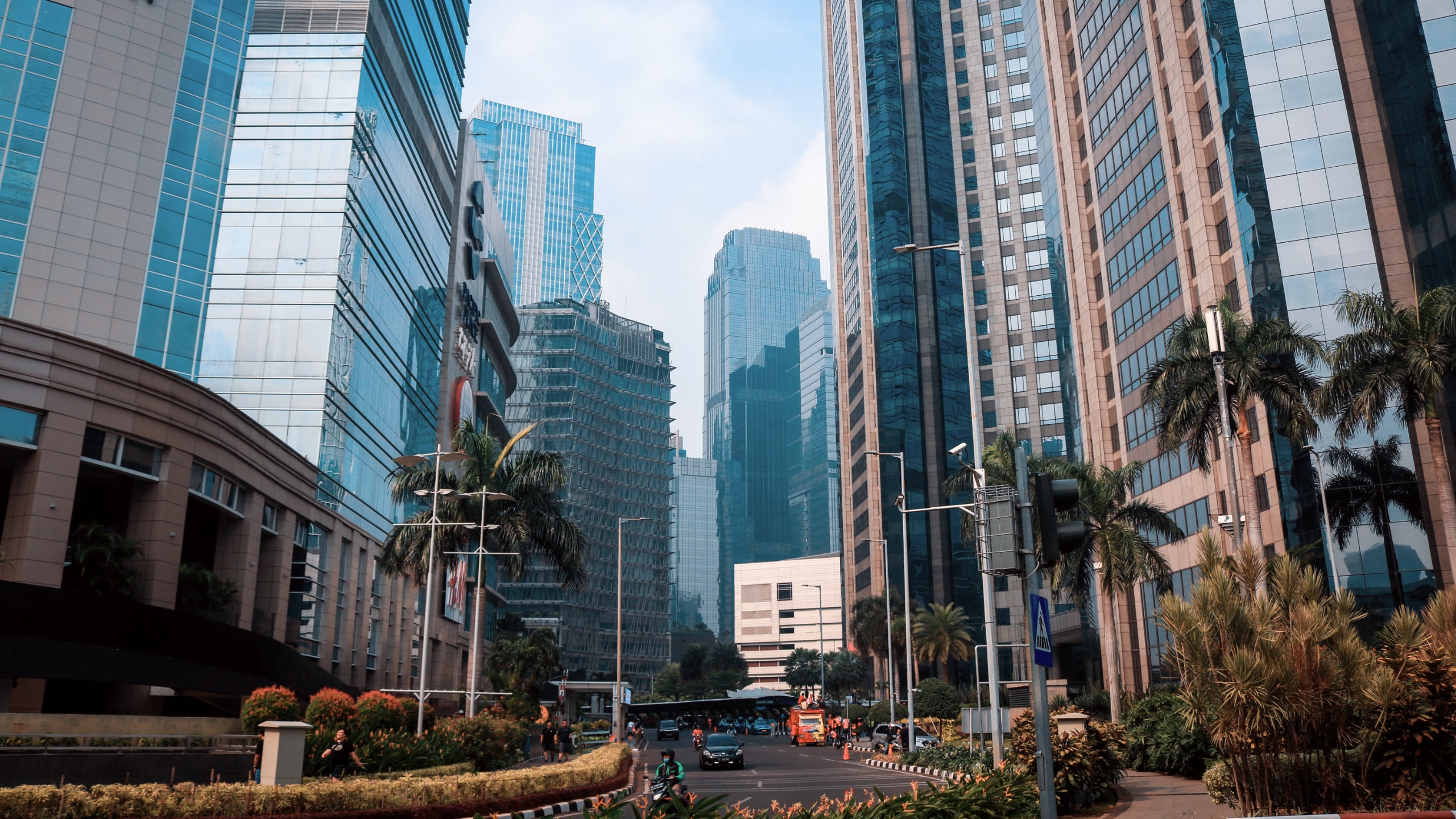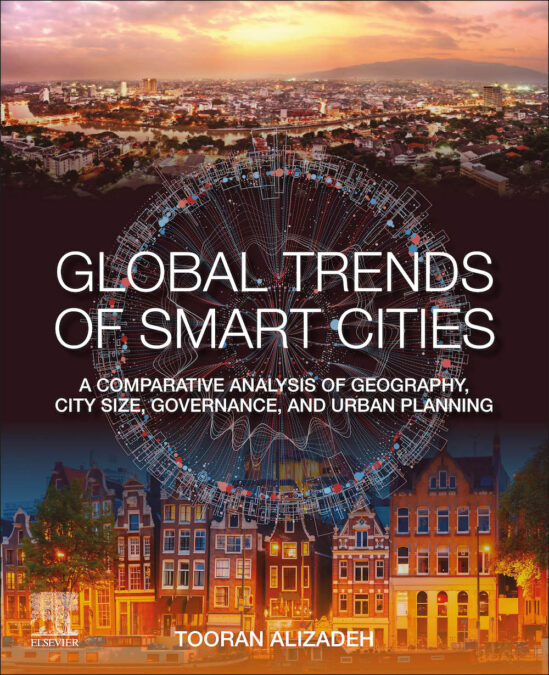Tooran Alizadeh

The North-South divide in smart city development
Smart cities continue to spread, with estimations for the worldwide market value of the sector (including software, hardware, design, implementation and maintenance) hovering around US$1 trillion in 2020, and projections around the market size reaching US$50 trillion by 2050.
Nevertheless, the story of the rise of the smart city is ‘a tale of two cities’ with the North–South divide being the most influential factor in how smart urbanism unfolds around the world. The North-South divide is highly linked to the underlying economic geography patterns worldwide (e.g., the stark income differences). But its influence on smart city development is deeper and goes well beyond the economic patterns as evident in the investigation of the cities of similar income levels from the South versus the North.
Imagine two cities with similar income in 2021, one in the North with established infrastructure – mostly built at the back of cheap labour and material coming from the colonies – and the other city in the South missing basic infrastructure such as clean water, road infrastructure etc. These two cities may look like they are on the same level of income but there is no level playing field for them, especially when it comes to ‘smart’ promises. This is concerning, as the potential of smart technologies to tackle the environmental challenges of our time can only be fully recognised if the North-South divide in smart urbanism is mitigated. Otherwise, data-driven approaches to energy efficiency and reduction of greenhouse emission will continue to roll out mainly in the prosperous cities of the North without truly being tested against extreme climate change challenges already ravishing a growing number of cities of the Global South.
Copenhagen is set to be the world’s first carbon-neutral city by 2025. However, the smart initiatives supporting this ambition are very costly. Copenhagen invested approximately $40 million in new streetlights and more than $15 million in new traffic lights and intelligent traffic management alone. The city drew on its leading domestic companies, such as Rambøll, high-level knowledge institutions, including the University of Copenhagen, and its membership with exclusive international organisations, such as the European Union, to provide the financial, social and capital funds and planning strategies to support this enviable environmental target.
Meanwhile in Southern megacities, such as Jakarta, obscene level of infrastructure gaps (e.g., transport, water, and waste management) ridicule many smart interventions in the context of rapid urbanisation with limited resources available. For example, while smart transport interventions in Jakarta date back to 2011, this city of 31 million remains one of the worst in terms of traffic congestion globally. It is then fair to conclude that in this divided global context, smart technologies play marginal roles in mitigating major environmental challenges of our time. As in the cities of the Global South, struggles with deep infrastructure gaps – rooted in the long-lasting impacts of colonialism and imperialism – take the centre stage leaving limited room for aspirational and effective ‘smart’ climate change actions.
Associate Professor Tooran Alizadeh’s latest book Global Trends of Smart Cities: a comparative analysis of geography, city size, governance and urban planning, was published this year by Elsevier.
A/Prof Alizadeh has recently been awarded an ARC Future Fellowship to further explore the complex socio-spatial implications of smart city development in India (2022-2026).
Image: Muhammad Rizki
Associate Professor Tooran Alizadeh is the co-convener of Smart Urbanism (Research) Lab at the University of Sydney. Her latest book latest book Global Trends of Smart Cities: a comparative analysis of geography, city size, governance and urban planning was published in 2021 by Elsevier. She was recently awarded an ARC Future Fellowship to explore the complex socio-spatial implications of smart city development in India (2022-2026).
Share
We believe in open and honest access to knowledge.
We use a Creative Commons Attribution NoDerivatives licence for our articles and podcasts, so you can republish them for free, online or in print.








